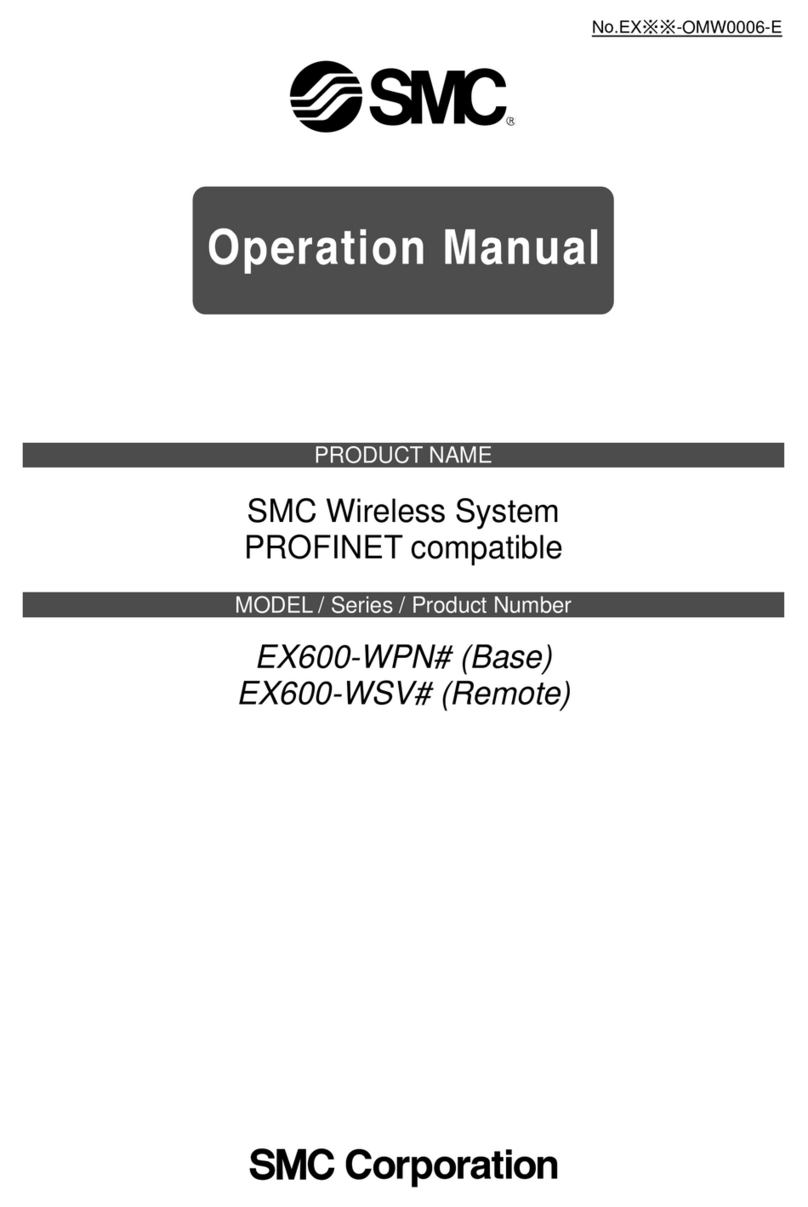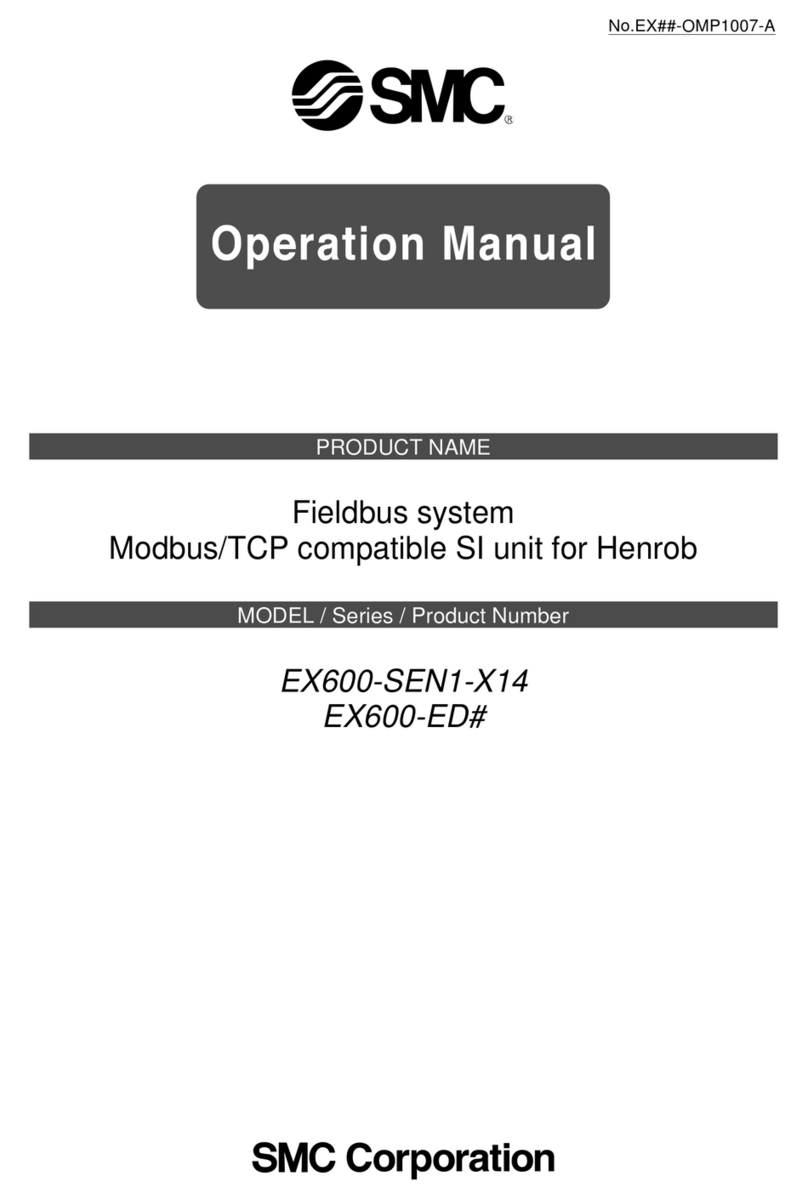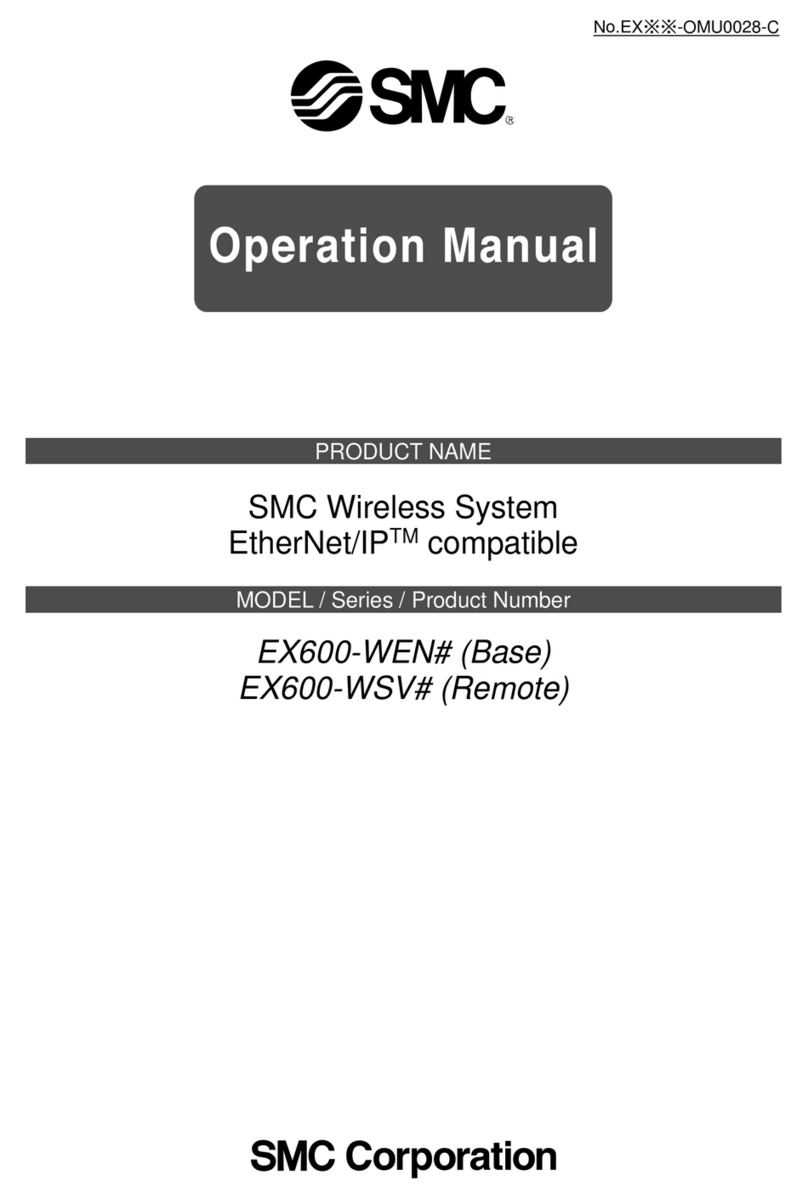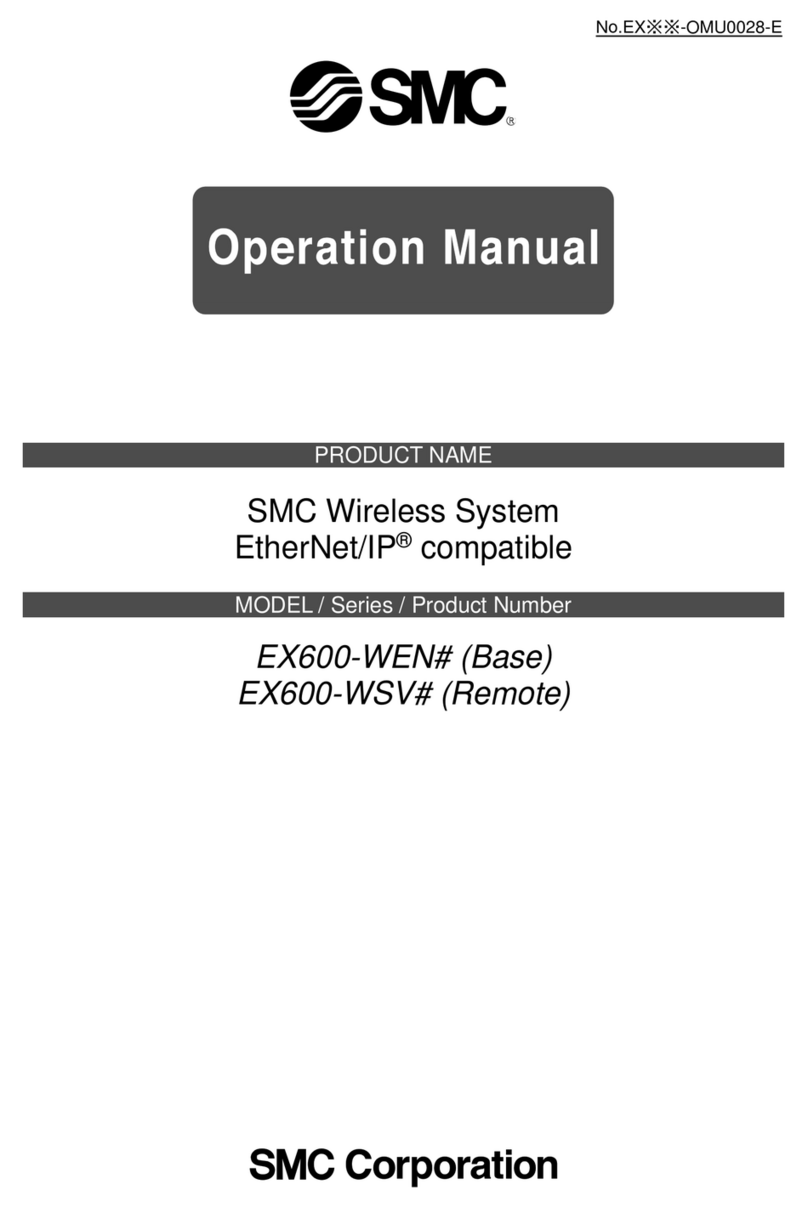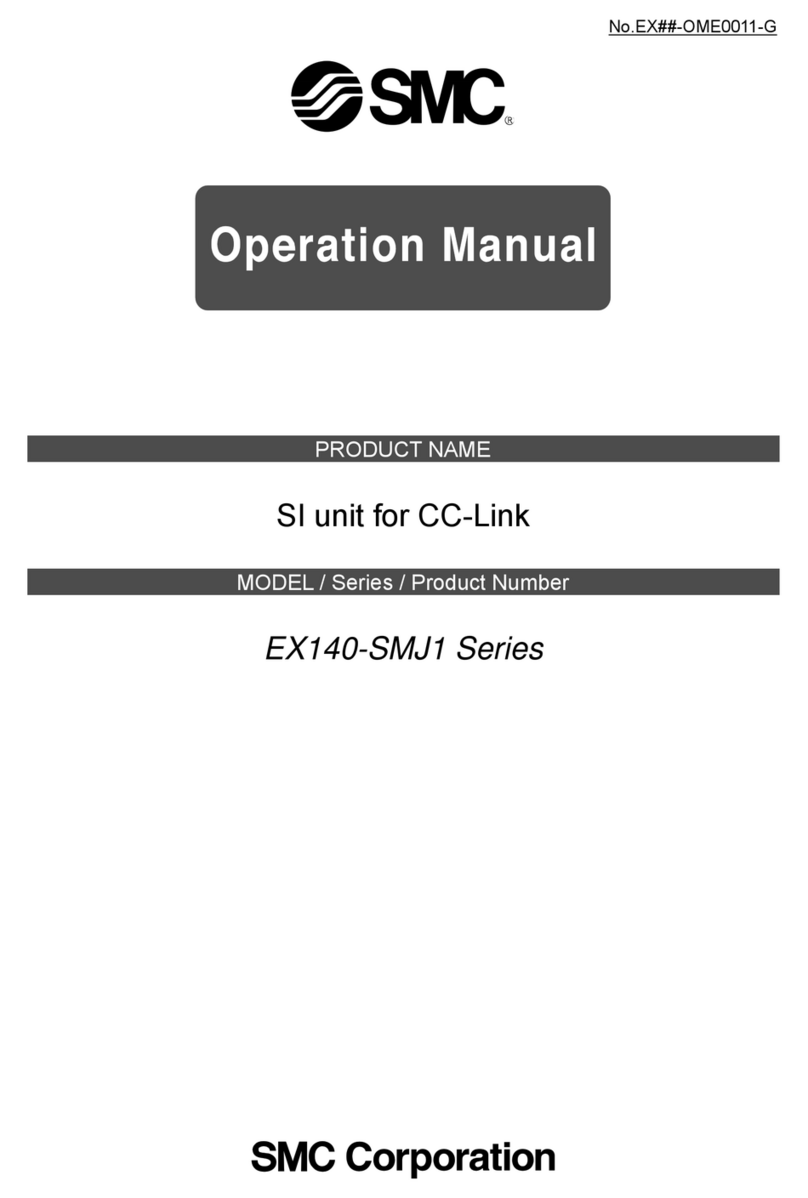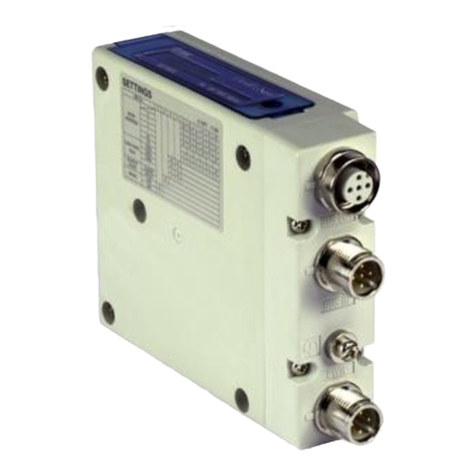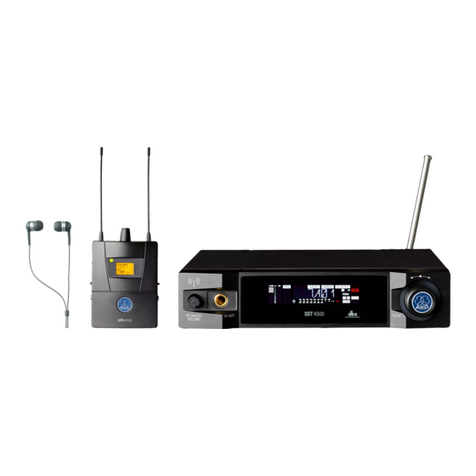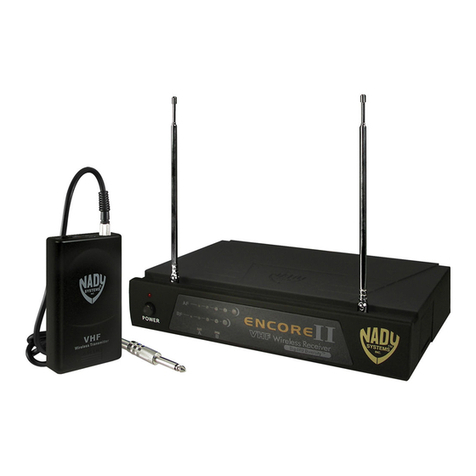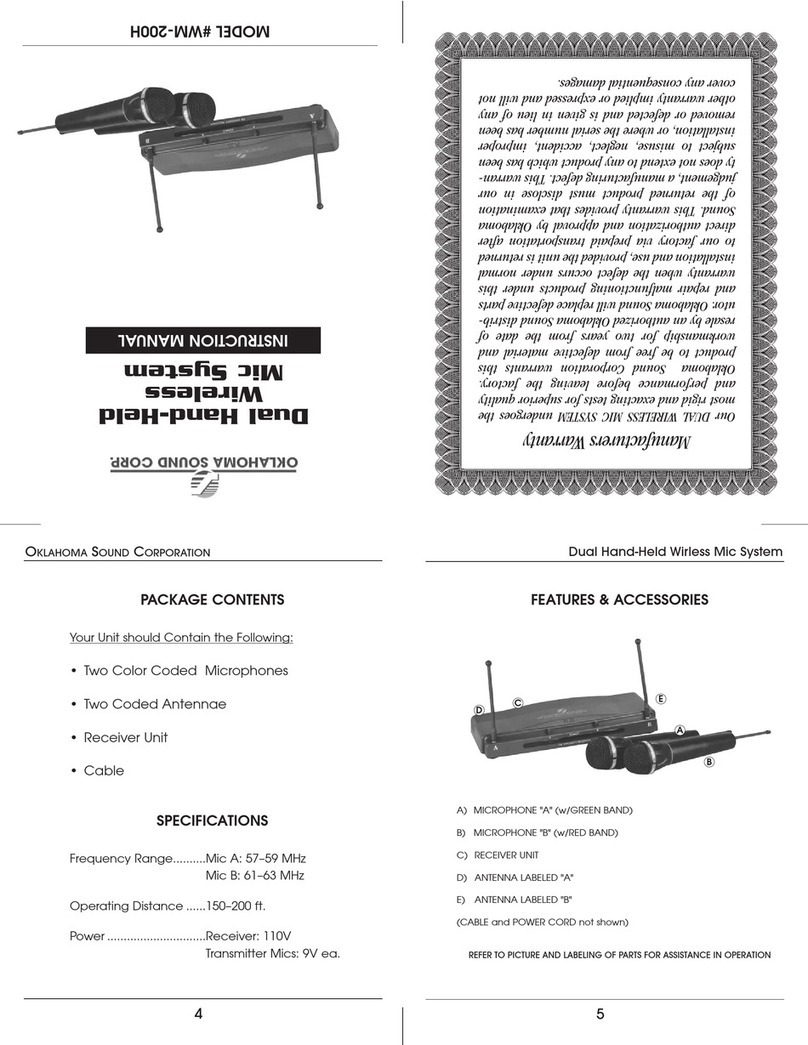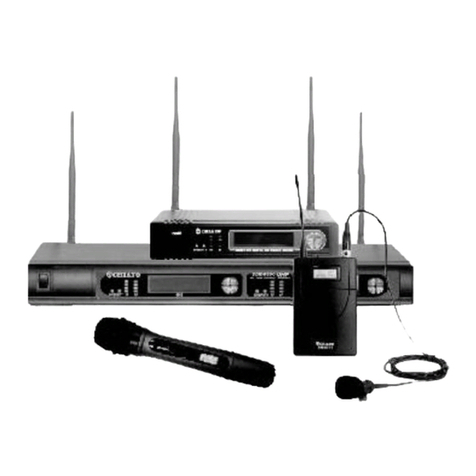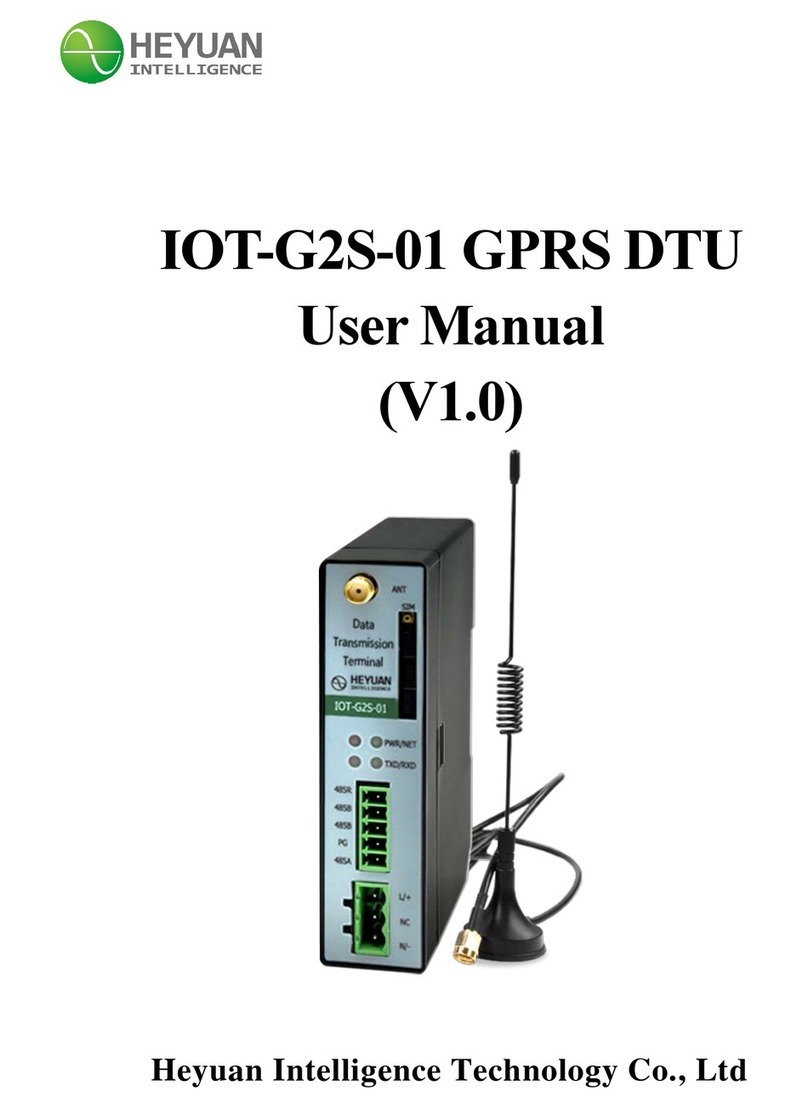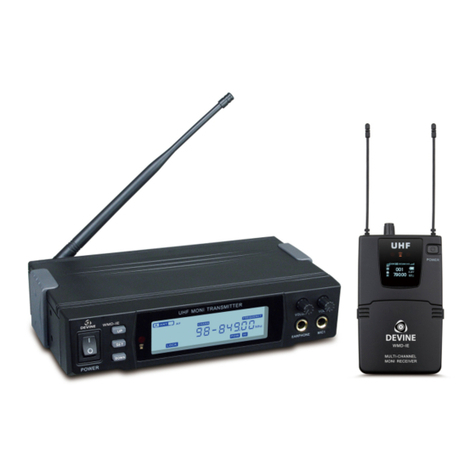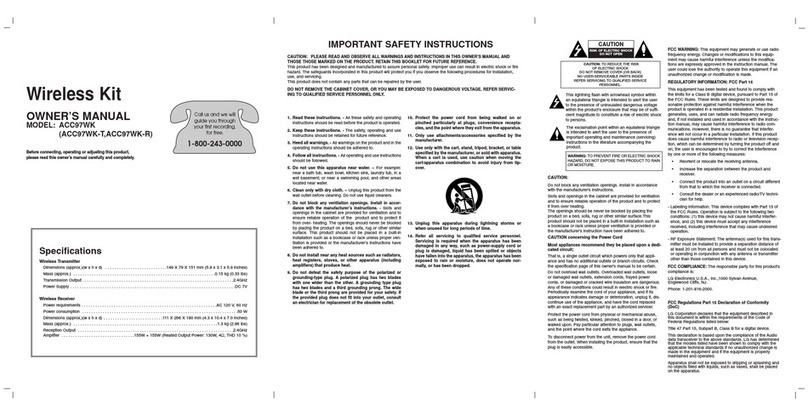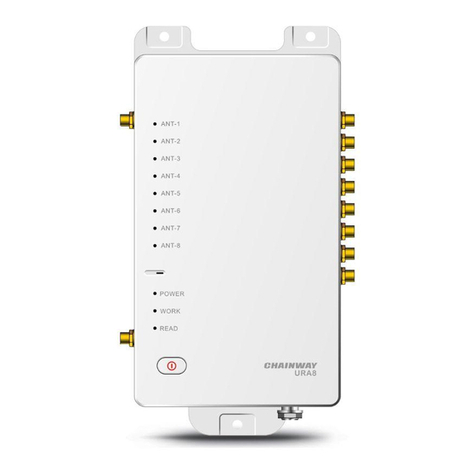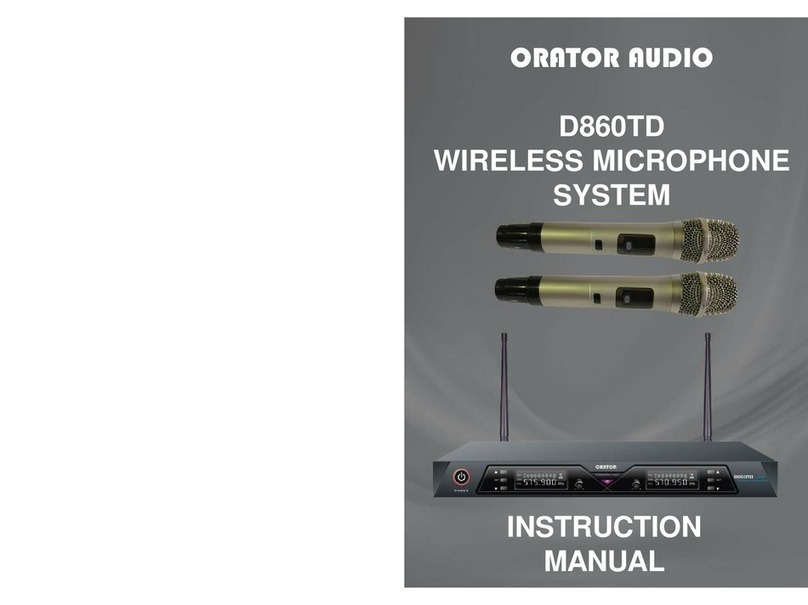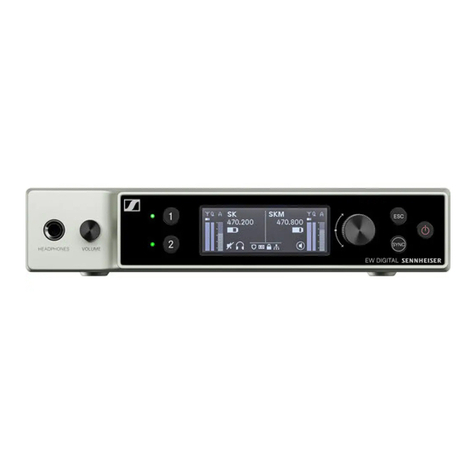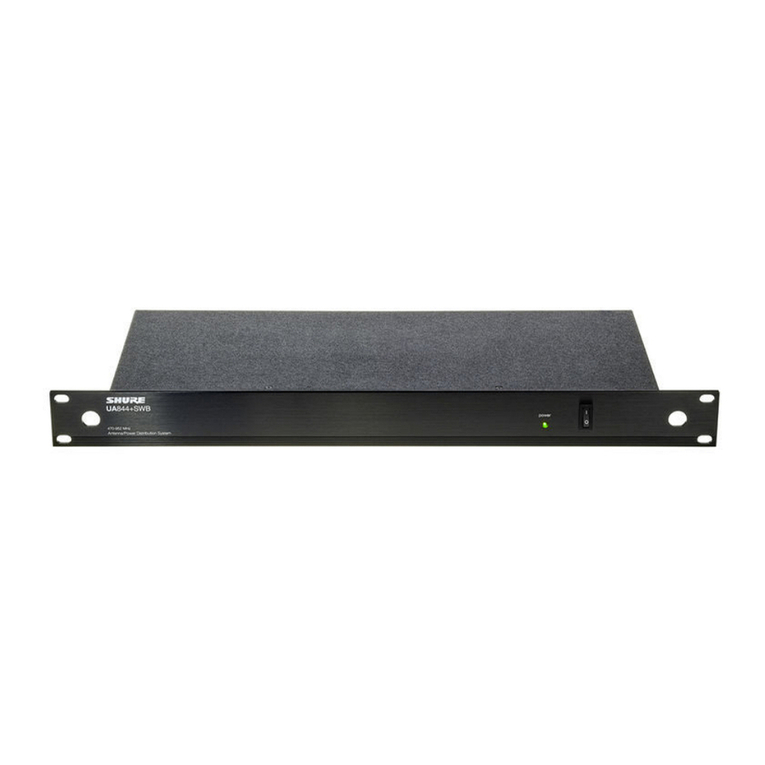-2-
Doc.DOC1069999
Table of Contents
Safety Instructions 3
Precautions regarding the Radio Law8
EXW1-A11# 8
Precautions for Handling10
Important Instructions concerning the Wireless System 12
SMC Wireless System 13
Features and Summary 13
System Configuration 14
System compatibility 15
How to Order 22
Summary of Product parts23
EXW1-BPNAC123
EXW1-A11*(Option) 27
Setting and Adjustment28
Flow chart for operating the wireless system 28
I/O Configurator (NFC version) 29
Preparation30
Installation of the software 30
Before starting the software31
Download the I/O Configurator (NFC version) 34
Start the I/O Configurator (NFC version) 35
Screen Layouts of the I/O Configurator (NFC Version) 36
Setting up 38
Setting/Adjustment of the Wireless Unit39
Parameter settings of the Base 39
System setting 39
OPCUA 42
Events 43
Wireless 45
Pairing and Unpairing Procedures47
Pairing Procedure 47
Unpairing Procedure 55
Mounting and Installation of Units57
EXW1-BPNAC157
Troubleshooting 61
Technical Information67
I/O Map 67
I/O Mapping
69
I/O mappingorder of base/remote 70
D
iagnostics map details72
Frequency channel select function( F.C.S.80
Number of pairing remotes82
Detail of Parameters 83
Hardware configuration97
Acyclic communication 108
Web server 130
OPC UA 131
Specifications 138
Dimensions138
specification 140
Accessories 142
Accessory List 142
